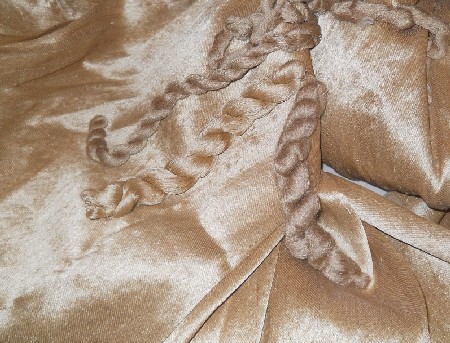Avenues of Service
For years, Rotary’s commitment to Service Above Self has been channeled through the Avenues of Service, which form the foundation of club activity.
Club Service focuses on strengthening fellowship and ensuring the effective functioning of the club.
Vocational Service encourages Rotarians to serve others through their vocations and to practice high ethical standards.
Community Service covers the projects and activities the club undertakes to improve life in its community.
International Service encompasses actions taken to expand Rotary’s humanitarian reach around the globe and to promote world understanding and peace. Rotarians can support International Service by sponsoring a project in another country, seeking international project partners to support projects in their own communities, or by personally volunteering at an international project site.
New Generations Service recognizes the positive change implemented by youth and young adults through leadership development activities as RYLA,Rotaract and Interact, service projects, and creating international understanding with Rotary Youth Exchange.
This video celebrates Rotary International’s humanitarian efforts worldwide.

This large moth from the lowland forests of India and Burma . Here the smaller male, with brushier antennae, is shown on the left, the female on the right. Muga silk moths are not particularly spectacular or endangered, but they are the source of a very special, very expensive fabric called Muga or Muga silk.
Muga silk moth caterpillars eat leaves of trees in the laurel and magnolia families. The silk with which they construct their cocoon when pupating is a rich amber color.Silk “farmers” care for the caterpillars, moving them from tree to tree until they are ready to pupate. The caterpillars pupate inside small boxes made of twigs provided by the farmers, who then harvest the cocoons, unwinding them to make silk thread that is woven into a luxurious fabric. For 600 years, muga silk was worn only by the kings and noble families of the Assam state in northern India and was unknown to the outside world, until it was discovered by a French traveler to the area in 1692. Today muga silk is available from specialty shops, but is very expensive. It is used to make fine Mekhela chador, the traditional Assamese dress worn by women, saris and other garments.
The silk fabric made from muga silk moth cocoons does not need to be bleached or dyed, but has a natural shimmering golden color that becomes more lustrous the more it is washed. Muga silk is extremely strong and durable (garments often outliving their owners), as well as being stain resistant and absorbing moisture, making it very comfortable to wear.
Assam holds its silk in as much sentiment and value as its tea and the one-horned rhinoceros.
The muga silk “industry” continues to be mostly the domain of small, local farmers, unlike the hugely industrialized production of the more common mulberry silk (from Bombyx mori, an unrelated moth species).
